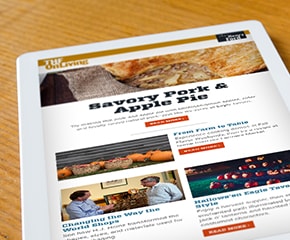Radio Beacon Transmitter, Patented by Ford Motor Company, 1928
Add to SetSummary
In 1926, Ford Motor Company commenced regular freighting between Dearborn, Chicago and Lansing airports using their Tri-Motor aircraft. Eugene S. Donovan, a Ford radio engineer, invented this radio beacon. When an aircraft was safely over its landing destination, it communicated a signal to the pilot. Useful in inclement weather, these safety devices were adopted in airports across the nation.
In 1926, Ford Motor Company commenced regular freighting between Dearborn, Chicago and Lansing airports using their Tri-Motor aircraft. Eugene S. Donovan, a Ford radio engineer, invented this radio beacon. When an aircraft was safely over its landing destination, it communicated a signal to the pilot. Useful in inclement weather, these safety devices were adopted in airports across the nation.
Artifact
Transmitter
Date Made
1926-1927
Creators
Place of Creation
United States, Michigan, Dearborn
Creator Notes
Eugene S. Donovan was an engineer for Ford Motor Company when he patented his radio beacon design on behalf of the organization.
Location
Not on exhibit to the public.
Object ID
00.136.190
Credit
From the Collections of The Henry Ford. Gift of Ford Motor Company.
Material
Bakelite (TM)
Glass (Material)
Wood (Plant material)
Paper (Fiber product)
Copper alloy
Dimensions
Height: 8.5 in
Width: 11 in
Length: 19.25 in
Inscriptions
General Radio Co. Components dial: Weston Thermo-Ammeter Radio Frequency Weston Electrical Instrument Corp. Newark, N.J., U.S.A. Model 425 No.33142





